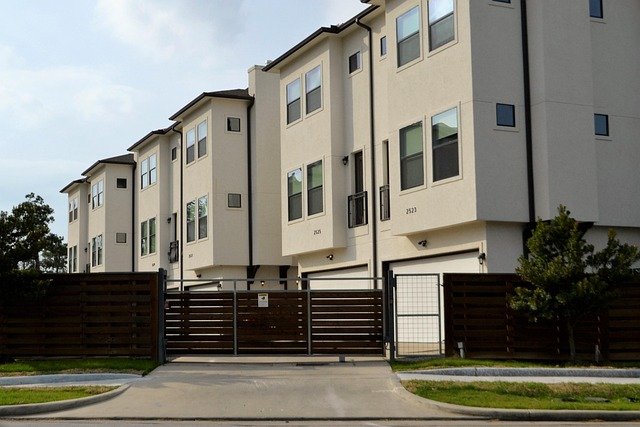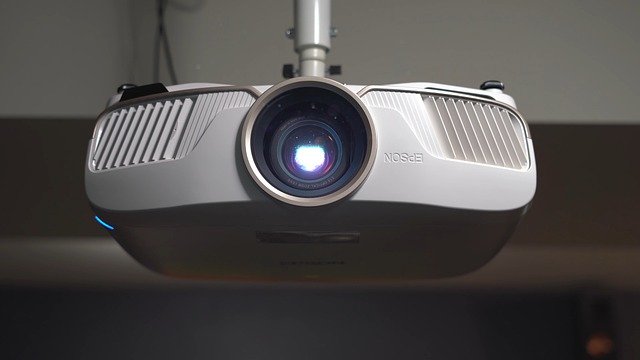Navigating the World of Apartments for Rent: Your Guide to Finding the Perfect Home
Finding the right apartment to rent can be an exciting yet challenging journey. Whether you're a first-time renter or looking to make a move, understanding the ins and outs of the rental market is crucial. This comprehensive guide will walk you through the process of finding, securing, and settling into your ideal apartment, ensuring you make an informed decision that suits your lifestyle and budget.

Make a list of must-have features, such as the number of bedrooms and bathrooms, pet-friendly policies, or specific amenities like in-unit laundry or a fitness center. Don’t forget to consider the length of the lease and any potential for flexibility in the terms. By having a clear set of criteria, you’ll be better equipped to find an apartment that truly meets your needs.
How Can You Effectively Search for Available Apartments?
The internet has revolutionized the way we search for rental properties. Utilize popular real estate websites and apps that aggregate listings from various sources. These platforms often allow you to filter results based on your specific criteria, making the search process more efficient. However, don’t rely solely on online listings – local newspapers, community bulletin boards, and real estate agents can also be valuable resources.
Networking can be surprisingly effective in finding great rental opportunities. Let friends, family, and colleagues know that you’re in the market for an apartment. They may have insider knowledge about upcoming vacancies or be able to provide personal recommendations. Additionally, consider driving or walking through neighborhoods you’re interested in, as some landlords still use traditional “For Rent” signs to advertise their properties.
What Documents Do You Need to Prepare When Applying for a Rental?
Being prepared with the necessary documentation can give you an edge in a competitive rental market. Most landlords or property management companies will require proof of income, typically in the form of recent pay stubs or tax returns. They may also ask for bank statements to verify your financial stability.
A valid form of identification, such as a driver’s license or passport, is essential. Many landlords conduct background and credit checks, so be prepared to provide your social security number and consent for these screenings. References from previous landlords can be valuable, especially if you’re a first-time renter or have limited credit history. Having these documents ready in advance can help streamline the application process and demonstrate your reliability as a potential tenant.
How Can You Protect Yourself When Signing a Lease Agreement?
Before signing a lease, it’s crucial to thoroughly review the document and understand all its terms and conditions. Pay close attention to details such as the lease duration, rent amount, due date, and any penalties for late payments. Make sure you’re clear on policies regarding subletting, guests, and any restrictions on decorating or making alterations to the space.
Don’t hesitate to ask questions about anything that’s unclear or negotiate terms that you feel are unfair. It’s advisable to have a trusted friend or family member review the lease as well, or even consider having a legal professional look it over if you have concerns. Remember, once signed, the lease is a legally binding contract, so it’s essential to be comfortable with all its provisions before committing.
What Are the Average Costs of Renting an Apartment in Different Areas?
The cost of renting an apartment can vary significantly depending on location, size, and amenities. While it’s impossible to provide exact figures that apply universally, we can offer a general overview of rental costs in different types of areas:
| Location Type | Studio/1 Bedroom | 2 Bedroom | 3+ Bedroom |
|---|---|---|---|
| Urban Center | $1,000 - $2,500 | $1,500 - $3,500 | $2,000 - $5,000+ |
| Suburban Area | $800 - $1,500 | $1,200 - $2,500 | $1,500 - $3,500 |
| Rural Area | $500 - $1,000 | $800 - $1,500 | $1,000 - $2,000 |
Prices, rates, or cost estimates mentioned in this article are based on the latest available information but may change over time. Independent research is advised before making financial decisions.
It’s important to note that these ranges are broad estimates and can fluctuate based on factors such as local real estate market conditions, property quality, and specific neighborhood desirability. Additionally, cities with high costs of living, such as New York or San Francisco, may see significantly higher rental prices across all categories.
How Can You Make Your Rental Feel Like Home?
Once you’ve secured your apartment, the next step is to make it feel like home. Start by thoroughly cleaning the space before moving in your belongings. This gives you a fresh canvas to work with and helps you familiarize yourself with every nook and cranny of your new home.
Personalize your space with decorations that reflect your style and personality. Use removable wallpaper, temporary adhesive hooks, and area rugs to add character without risking your security deposit. Invest in multi-functional furniture to maximize space, especially if you’re renting a smaller apartment. Don’t forget to introduce some greenery with low-maintenance plants, which can improve air quality and create a more inviting atmosphere.
Creating a comfortable living environment goes beyond aesthetics. Establish a good relationship with your neighbors and familiarize yourself with the building’s rules and amenities. This will help you feel more connected to your new community and make the most of your rental experience.
Renting an apartment is a significant step that requires careful consideration and planning. By understanding the rental process, being prepared with necessary documentation, and knowing how to protect your interests, you can navigate the rental market with confidence. Remember that finding the right apartment is about balancing your needs, wants, and budget to create a living space that truly feels like home.






